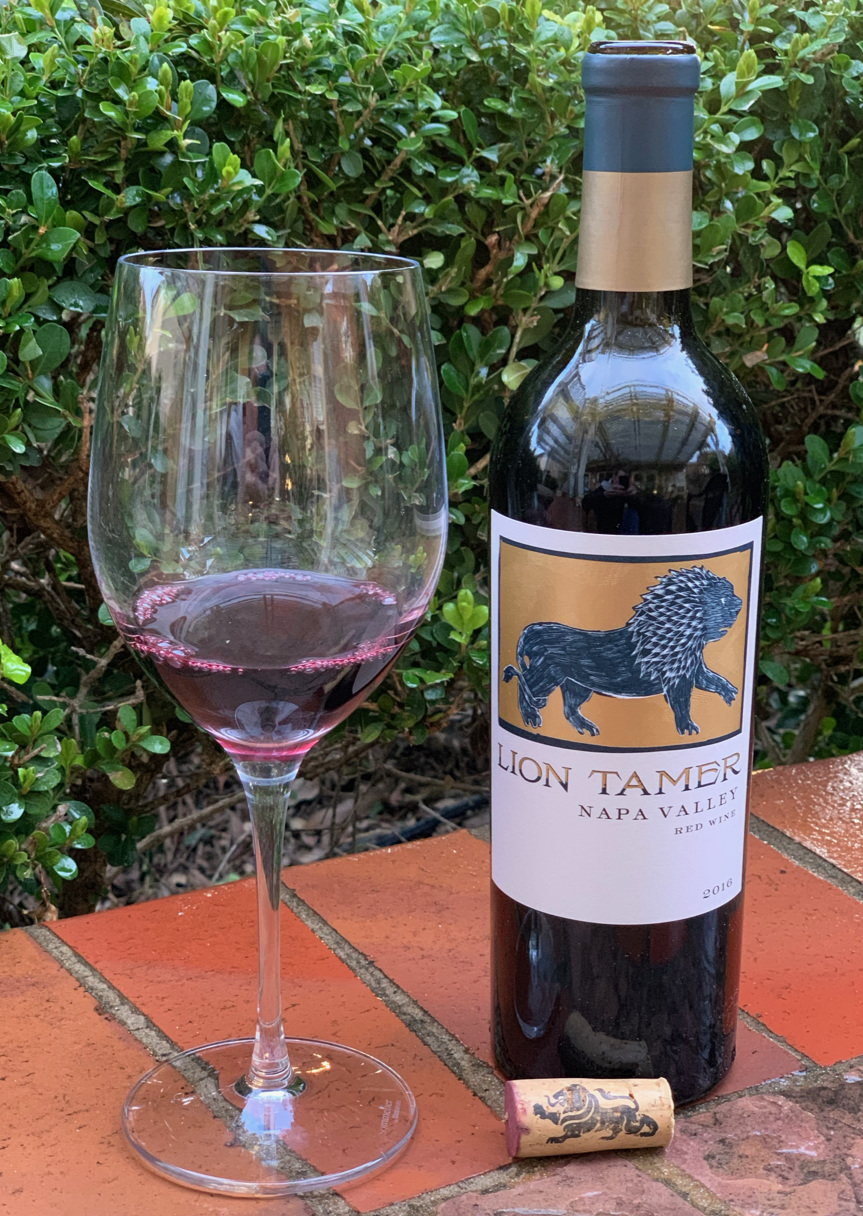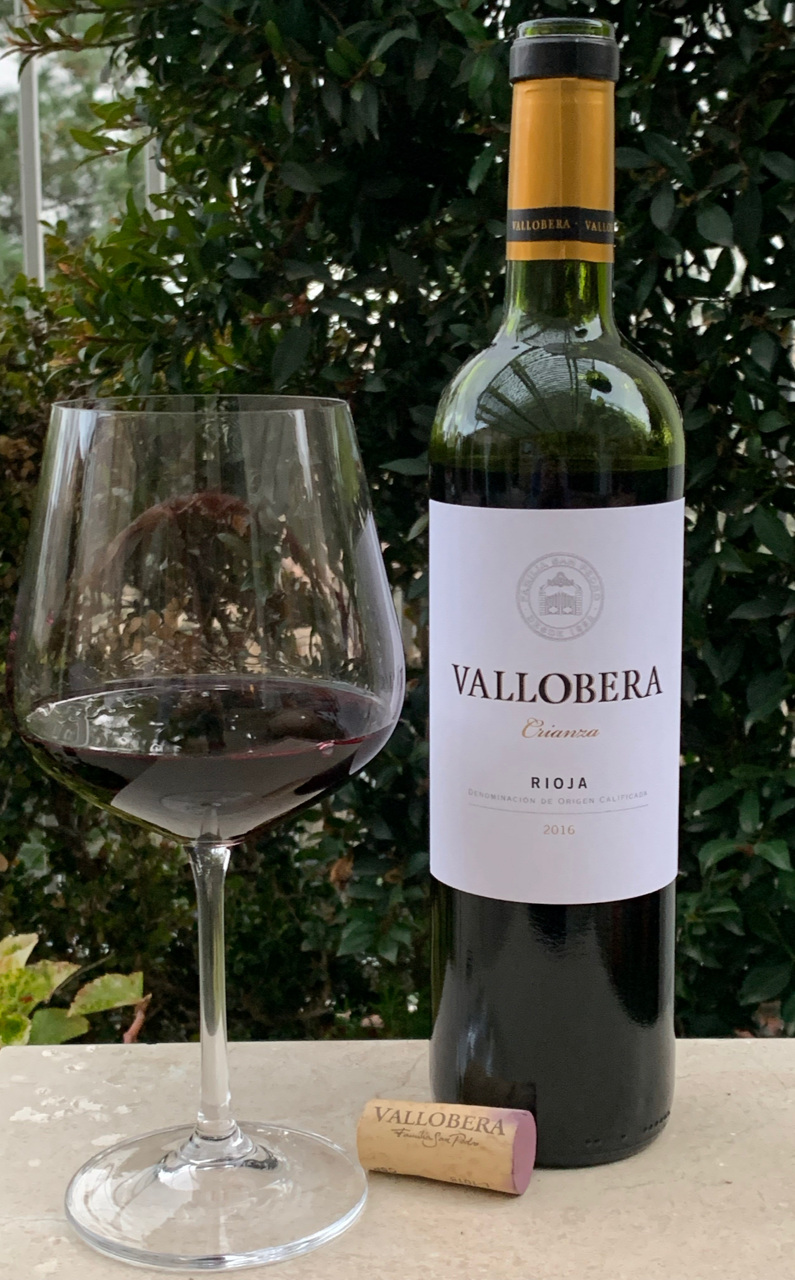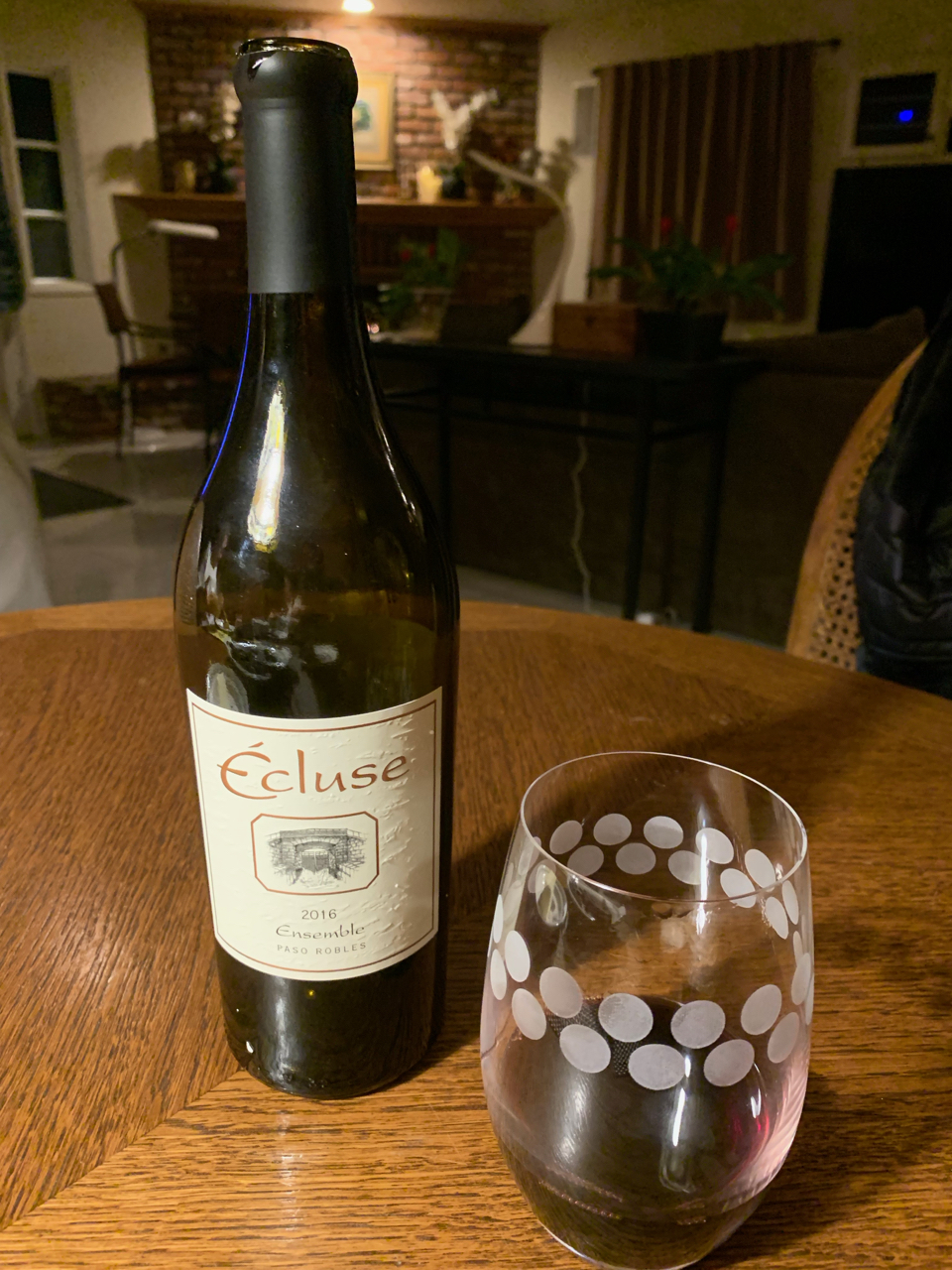2016 Lion Tamer Red - The Hess Collection ($45)
This red blend comes from The Hess Collection of wines from Napa Valley.
Hess Family wines was founded by Donald Hess in 1978. Today, Tim Persson (Donald’s son in law) and his wife Sabrina are owners of Hess Family Wine Estates and are the fifth generation of the Hess family to lead the company.
The Lion Tamer is part of a new collection of wines that are not Hess branded. But it certainly represents the tradition and heritage of Hess wines.
This red blend is comprised of 40% Malbec, 27% Zinfandel, 21% Petite Sirah, 8% Cabernet Sauvignon, 2% Mourvedre, 1% Petite Verdot and 1% Merlot.
While the Lion has been the emblem of the Hess Family for nine generations and the name Lion Tamer has become the nickname for Malbec because of their use of Malbec to ‘tame’ the tannin in their Cabernet Sauvignon wines.
The Malbec certainly does its job in taming this wine. It’s amazingly smooth and full of big juicy dark fruit flavors of black plum, black currant, cassis and boysenberry. This wine is a delight and oh so easy to drink.
This is one you’ll want to be on the lookout for! Cheers!
Disclosure of Wine Sample Submission: I received this wine at no cost for review. The opinions expressed are entirely my own.
Sample Provided by Donna White of Donna White Communications





